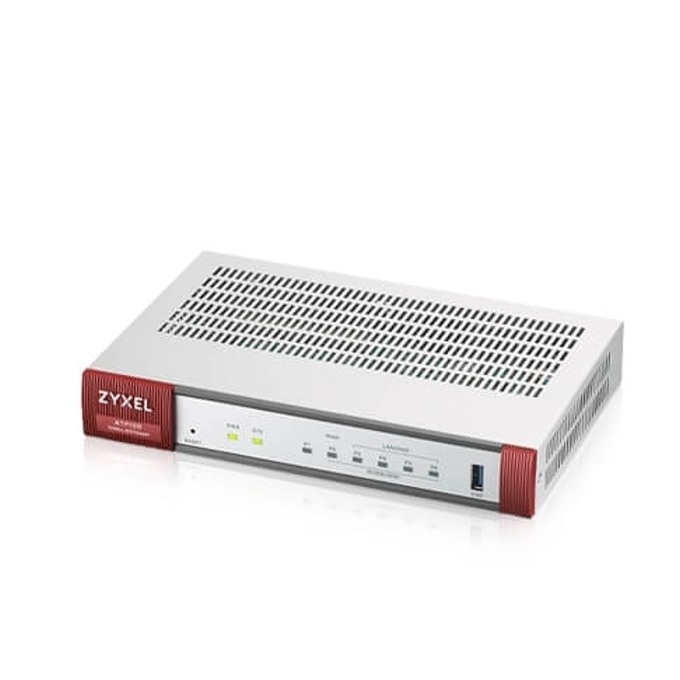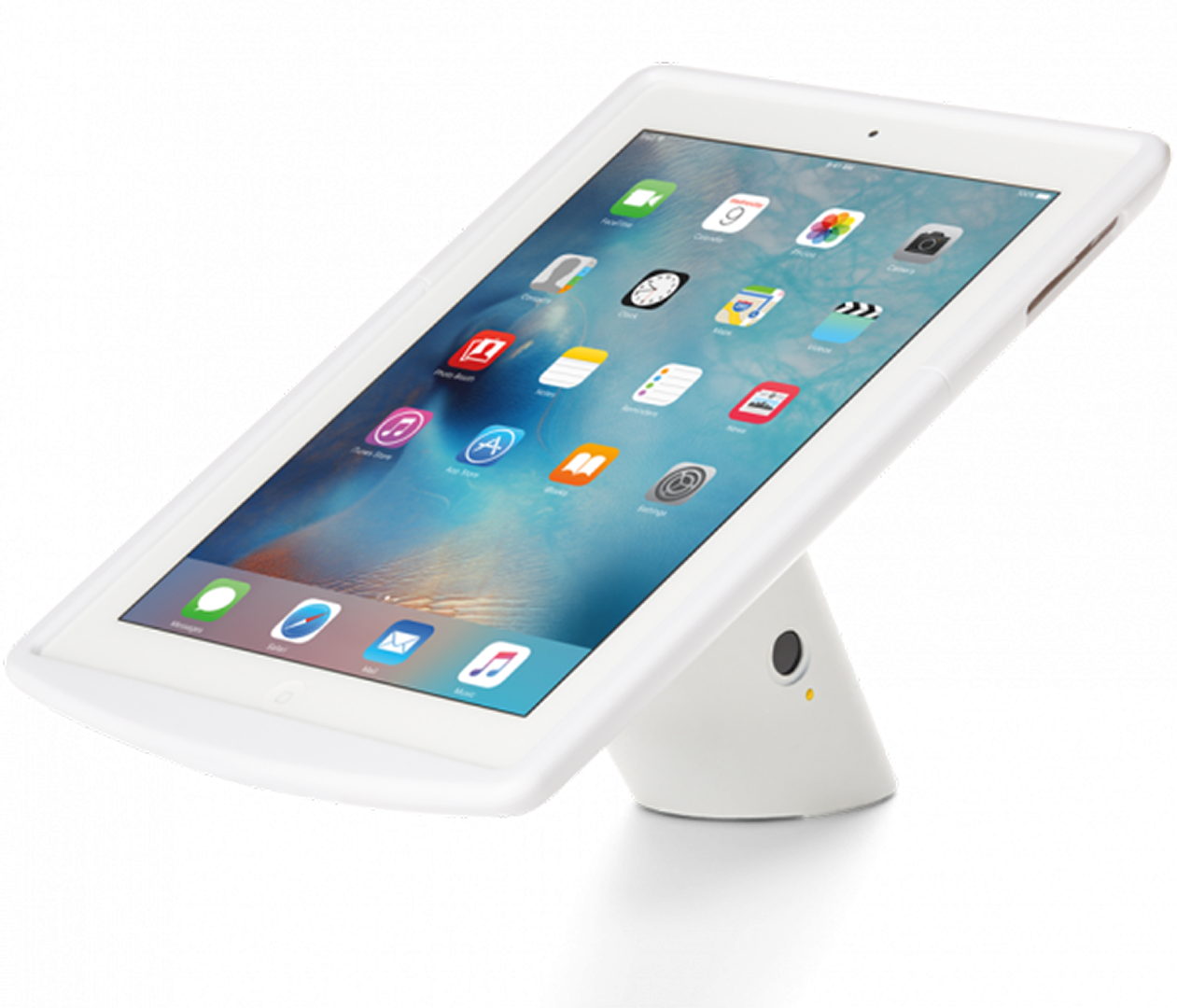

To see what IP you have on your computer, you can type ipconfig in cmd and search for Ethernet (or Ethernet 2) and the IP address:Īs you can see here - 172.21.32.1 is not similar to 192.168.1.1, which means I will not be able to reach 192.168.1.1. If not, then you have to see what IP your computer have. If you get a reply, then you are in the same network. Step 5) Login with the username and password on the backside of your router.ġ) Make sure you are on the right network by clicking on the Windows button on your keyboard and search for cmd:Ģ) Open Command Prompt (cmd) and enter ping 192.168.1.1 Step 4) Once connected, you can go into (or what's on the back of the router - in my case ) Step 3) Wait until your router has booted up as well as the LAN port where your computer is located should light up: Step 2) Turn off your WiFi by clicking on the WiFi button at the right bottom of the screen and then click on the Wi-Fi button, so it gets greyed out: Step 1) Insert your ethernet cable into your computer and to LAN1 on your router.

(if there is none on the backside of your router, the username is admin and password 1234) Step 4) Login with the username and password from the backside of your router. Step 3) Once connected, you can go into (or what's on the back of the router - in my case ) Then, enter the key found on the backside of your router. Step 2) If connected via WiFi, click on the WiFi-button found on the bottom right side of your screen and search for the SSID(WiFi name). Step 1) Connect yourself to the SSID (WiFi name) found on the backside of your router, under WLAN ( Note! If you connect yourself via WiFi, pull out any internet cables in your computer): This article will show you how to access your router via the Web GUI via A) WiFi and B) Ethernet Cable.


 0 kommentar(er)
0 kommentar(er)
